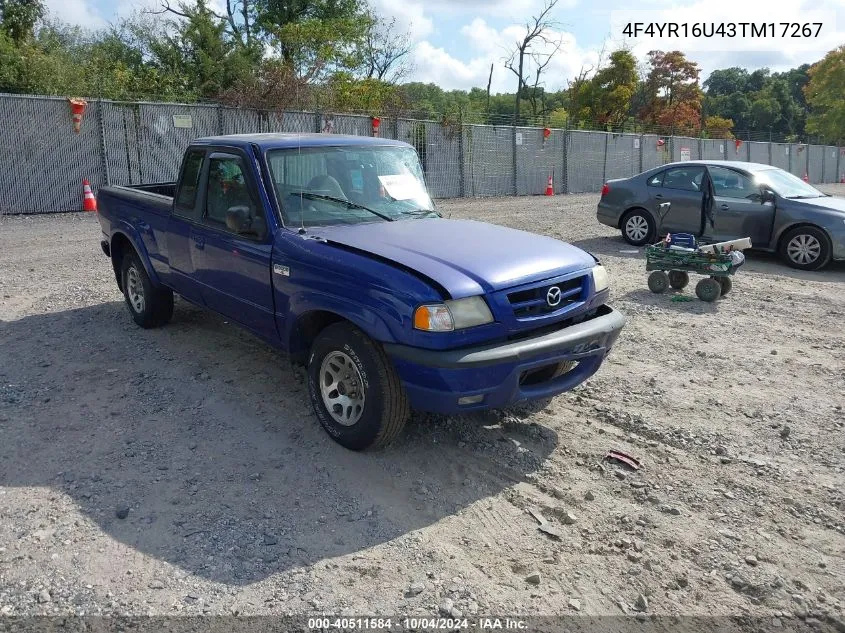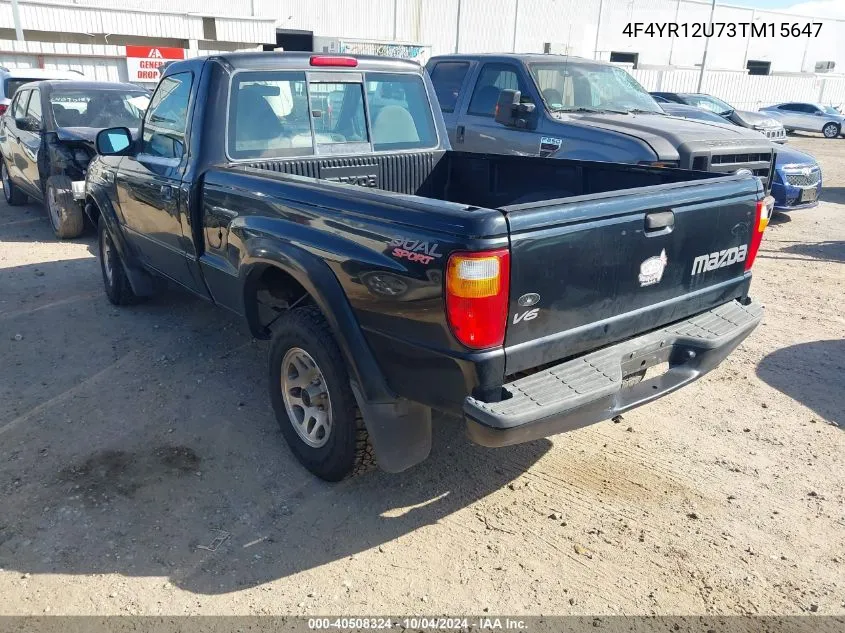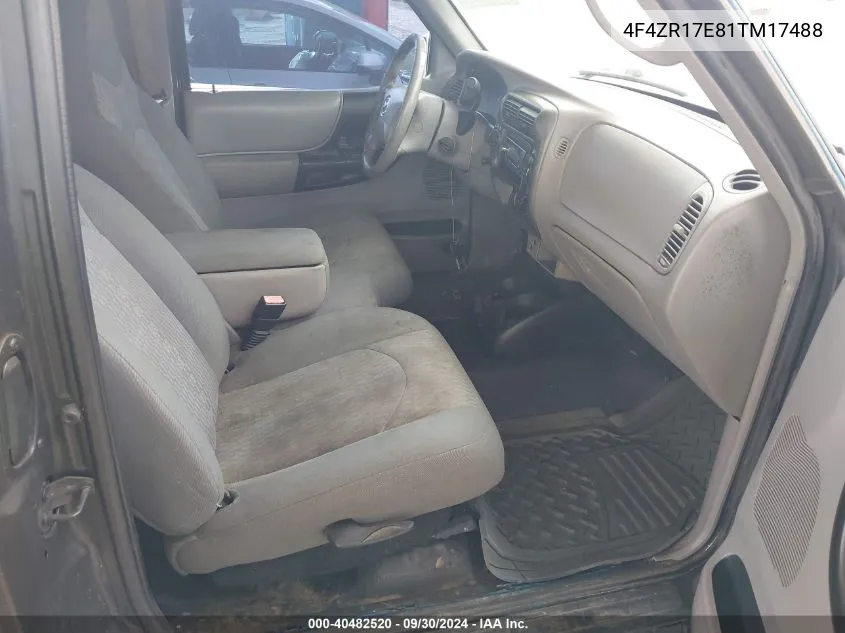Mazda B-series (48)
1994 Mazda B3000
1999 Mazda B3000 Cab Plus
2000 Mazda B3000
2001 Mazda B3000 Cab Plus
2001 Mazda B4000 Se
2003 Mazda B3000 Ds
2001 Mazda B3000 Ds/Se
1995 Mazda B3000 Cab Plus
2001 Mazda B3000 Ds/Se
2004 Mazda B3000
2008 Mazda B3000 Cab Plus
1999 Mazda B3000 Cab Plus
2003 Mazda B3000 Ds
2003 Mazda B3000 Ds
2001 Mazda B4000 Se
2002 Mazda B3000 Cab Plus
The Mazda B-series is a line of pickup trucks introduced by the Japanese automaker Mazda, which holds a special place in the history of the automotive industry. Since its debut in 1961, this model has gained popularity due to its reliability, functionality and stylish design.
The history of the Mazda B-series model includes many modifications and improvements that made this pickup even more attractive to buyers. Starting with the first generation in 1961, the model has constantly evolved and improved, and new versions brought fresh innovations and technologies to the world of trucks.
The variety of colors and years of the Mazda B-series reflects its adaptation to different markets and customer needs. From classic tones such as black and white to bright and vibrant colors such as red and blue, each Mazda B-series model has offered its own unique style and design options.
Mazda B-series sales have reached impressive figures over the long years of production, which confirms its popularity and demand among car enthusiasts around the world. Exact sales figures vary depending on the region and year of production, but overall the Mazda B-series remains one of the most successful models in its class.
The Mazda B-series' most successful and problematic aspects reflect its multifaceted nature and market dynamics. Its most successful attributes include its reliability, handling, and fuel economy. However, like any car, the Mazda B-series also has its problematic aspects, such as potential issues with corrosion, electrical systems, and engines in older models.
History of the Mazda B-series: from its inception to the present day
The creation of the legendary Mazda B-series line was an important step in the history of the Japanese automaker. This series of pickups became a symbol of reliability, durability and functionality. The origin of the Mazda B-series occurred in the late 1960s, when the Japanese auto industry was experiencing its rapid rise.
The first Mazda B-series models were introduced in the late 1960s and were equipped with relatively small engines. However, over time, the cars of this series became more powerful and functional, and their design and technical characteristics gradually evolved to meet market demands.
- Modifications and years of production: Mazda B-series went through several generations and modifications. Since 1971, serial production of the B1500 model began, followed by the B1600, B1800, B2000, B2200, B2500, B2600 and B2900. Each new model brought improvements in design, comfort and performance.
- Colors: The Mazda B-series was offered in a variety of colors, including classic tints such as white, black, red, blue and gray, as well as more vibrant and unique shades depending on the model and year.
- Sales and Popularity: The Mazda B-series was popular not only in the domestic market, but also in the global market. Its reliability, economy and ease of use attracted buyers from different countries. In different years and models, this series of pickups achieved significant sales volumes, which confirmed its success and demand.
Traveling back in time: the making of a legendary truck series
From the very beginning, the Mazda B-series won the hearts of its owners with its durability and versatility. The model range was constantly updated and improved, and the variety of modifications allowed you to choose the ideal truck for any task. Regardless of the year of production, these cars have always been distinguished by high quality and an unquestionable reputation.
Main modifications and years of production:
- Mazda B1500/B1600 (1961-1971): The first steps of a legend. Simple but reliable trucks that became the basis for future models.
- Mazda B2000/B2200 (1972-1984): Transition to more powerful and comfortable options. Increased load capacity and improved design.
- Mazda B2500/B2600 (1985-1998): An era of innovation and technological breakthrough. Introduction of new safety systems and improvement of engine efficiency.
- Mazda B-series (1999-2011): The golden era of the series. Models of modern design and advanced technologies that won worldwide recognition.
- Mazda BT-50 (2011 to present): A new generation of trucks with an impressive combination of style, power and comfort. A response to modern market demands.
Despite its impeccable reputation, the Mazda B-series also had its share of problems. Some models suffered from corrosion issues, especially in harsh climates, as well as problems with the cooling and transmission systems. However, thanks to the high build quality and unrivaled reliability, these problems were relatively easy to resolve, leaving no serious consequences for owners.
Mazda B-series modifications: overview of the main models and their features
The Mazda B-series model range was a wide range of SUVs and pickups aimed at different markets and needs. Starting with the first generation in 1961, this line gradually evolved, including various modifications with improved technical characteristics and design.
Within the B-series line, there are several key models, each with its own characteristics and applications.
- Mazda B2200: One of the most popular models, produced from 1982 to 1998. The B2200 was equipped with a 2.2-liter gasoline engine and was distinguished by its reliability and economy.
- Mazda B2600: Produced from 1986 to 1996, this model offered a more powerful 2.6-liter engine and higher payload capacity than the B2200.
- Mazda B4000: A huge hit when it was launched in 1994, the B4000 was the largest and most powerful model in the B-series lineup. It featured a 4.0-liter engine and offered high off-road capability and payload.
Each of these models had its own target audience and had its own advantages, but they also had their own known problems, including body corrosion, engine wear and suspension. Despite this, however, the Mazda B-series remained a popular choice for owners who valued the reliability and versatility of pickup trucks.
From B1600 to B4000: a variety of choices for different needs
The Mazda B-series has a rich history spanning decades of development, beginning with the first generation in 1961. From the B1600 to the B4000, each model in the series has offered a combination of reliability, versatility and efficiency, meeting the needs of both long-distance travel enthusiasts and professional haulers.
The B-series had many modifications, each with its own features and advantages. From the B1600 with a 1.6-liter combustion engine to the powerful B4000, offering an engine of more than 4 liters, the Mazda B-series model range provided a variety of choice, allowing each buyer to find the perfect combination of characteristics for their needs.
- Colors and Years: Each Mazda B-series model was offered in a variety of colors, and production years spanned from 1961 to the present, with continuous improvements and updates.
- Sales and Popularity: The Mazda B-series has gained immense popularity due to its reliability and durability. Hundreds of thousands of units have been sold worldwide, making it one of the most successful series in the company's history.
- Successful models and problematic aspects: Among the most successful models are the B2200 and B2500, which were recognized for their fuel economy and handling. However, like any car, the Mazda B-series also had some problematic aspects, such as susceptibility to corrosion in some older models and transmission problems in some cases.
Mazda B-series Colors and Production Years: Style Evolution Over the Decades
The history of the Mazda B-series represents not only technical development, but also changes in design and color schemes. From its debut in 1961 to the latest model released in 2006, this series of pickups has undergone significant changes, including color preferences and trends.
Throughout its history, the Mazda B-series has offered a variety of color options, from classic to brighter and bolder. In the early days, the pickups in this series were available in a limited range of colors, such as white, gray, and black, reflecting the preferences of car owners at the time. However, over the years, the range of colors has expanded to include vibrant shades of red, blue, and green, as well as metallic and pearlescent finishes, reflecting modern trends and buyer tastes.
- 1961-1971: Primary colors included white, gray and black.
- 1972-1982: Brighter colors such as red and blue were added.
- 1983-1993: Time of metallic shades and small experiments with mother-of-pearl paints.
- 1994-2006: Expansion of the color range with the introduction of new shades, including brighter and more saturated colors.
The evolution of the Mazda B-series' style is reflected not only in its technical characteristics, but also in the variety of colors that have been offered over the decades. From discreet and versatile color schemes to more expressive and bold shades, each era of this model reflects the spirit of the times and the preferences of buyers.
From classic shades to modern trends: changes in the palette of B-series cars
The history of color solutions in the B-series from Mazda has come a long way, from modest and classic shades to bold and bright combinations that match modern trends. The palette of B-series cars reflects not only the aesthetic preferences of the era, but also changes in consumer needs and tastes.
From the start, the Mazda B-series has offered a wide range of colors, from basic options like white, black and silver to more original ones like red, blue and green.
- Classic shades: White, black, silver.
- Popular options: Blue, green, gray.
- Modern trends: Metallic and pearlescent shades, bright colors (red, orange).
In recent years, with the advent of new painting technologies and increased attention to design, the Mazda B-series palette has become more diverse and rich. This allows owners to choose not only according to color preferences, but also to emphasize their individuality and style.














































































































































